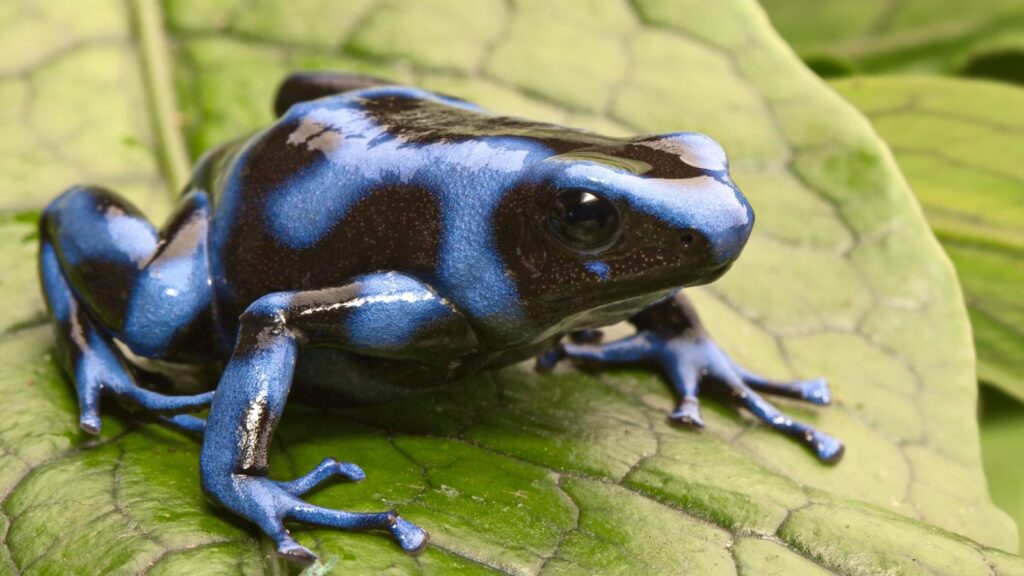When we think of dangerous creatures, it’s often the big predators like lions or sharks that come to mind. However, some of the most lethal animals are much smaller and rely on poison to defend themselves or catch their prey. These are the 17 more poisonous animals in the world you should definitely avoid.
Box Jellyfish
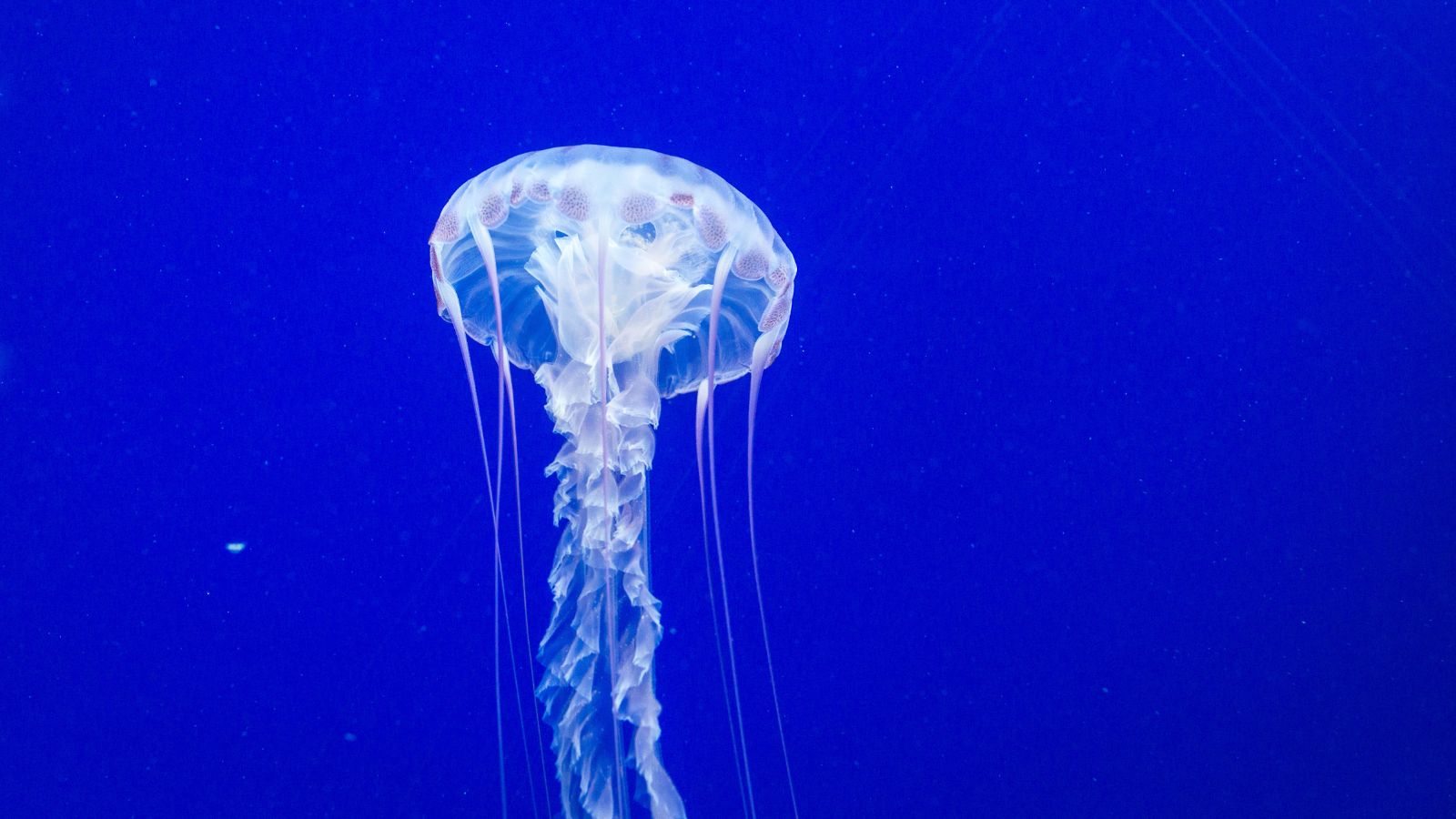
Britannica reveals box jellyfish have tentacles “with tiny barbed hooks that are filled with poison,” making them one of the ocean’s most deadly creatures. Found primarily in the waters of Australia and Southeast Asia, this translucent jellyfish may look delicate, but it’s armed with venom that can cause heart failure, paralysis, and even death within minutes if not treated promptly.
Inland Taipan
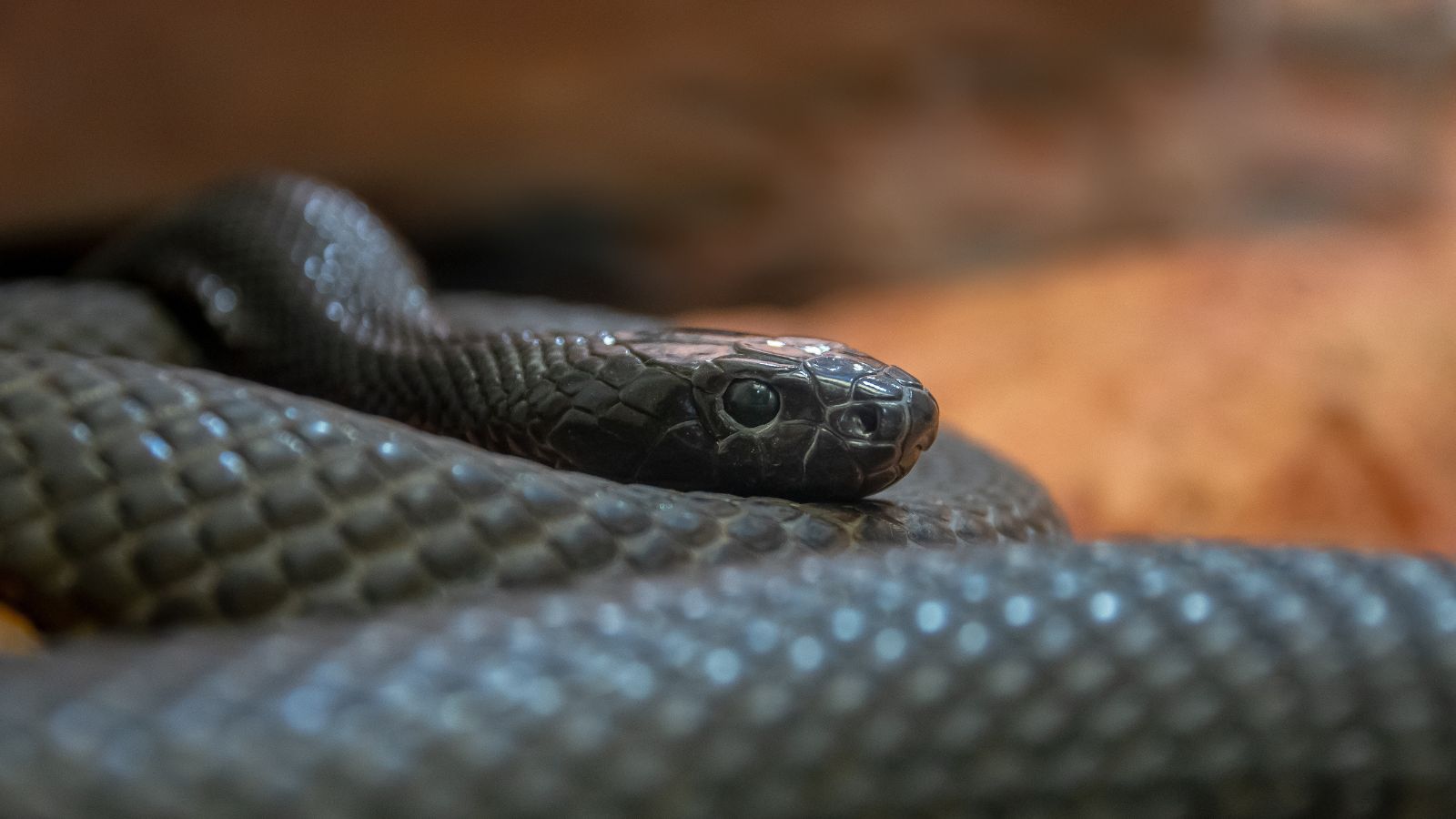
Also known as the “fierce snake,” the inland taipan holds the title of the most venomous snake in the world. Native to the arid regions of central Australia, its venom is so potent that one bite can kill 100 adult humans. Thankfully, this snake is reclusive and rarely comes into contact with people.
Blue-Ringed Octopus
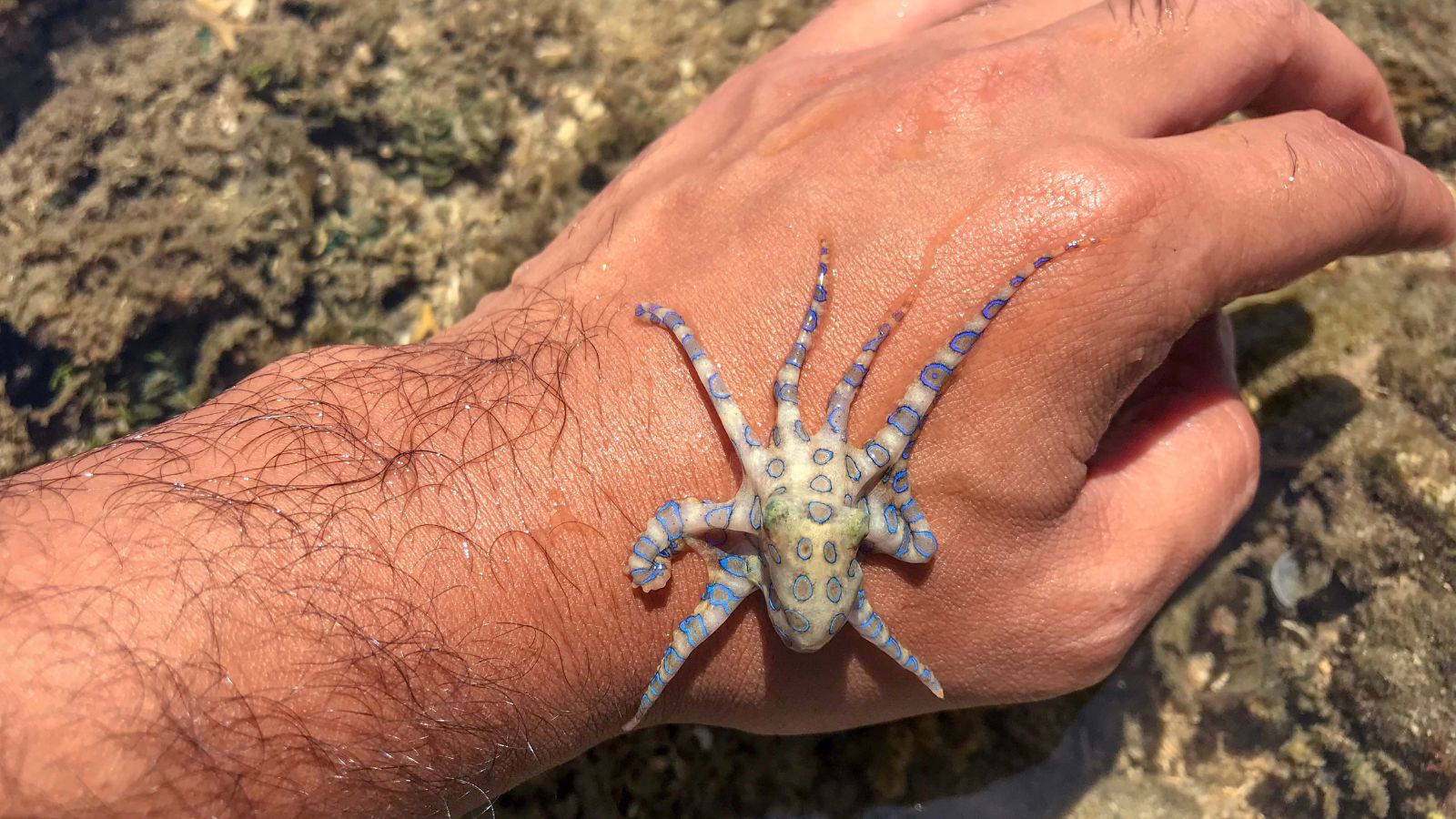
Despite its small size, the blue-ringed octopus is one of the most dangerous marine animals, and this tiny octopus, adorned with beautiful blue rings, can be found in tide pools and coral reefs in the Pacific and Indian Oceans. Its venom contains tetrodotoxin, a potent neurotoxin that can cause muscle paralysis and respiratory failure within minutes.
Cone Snail
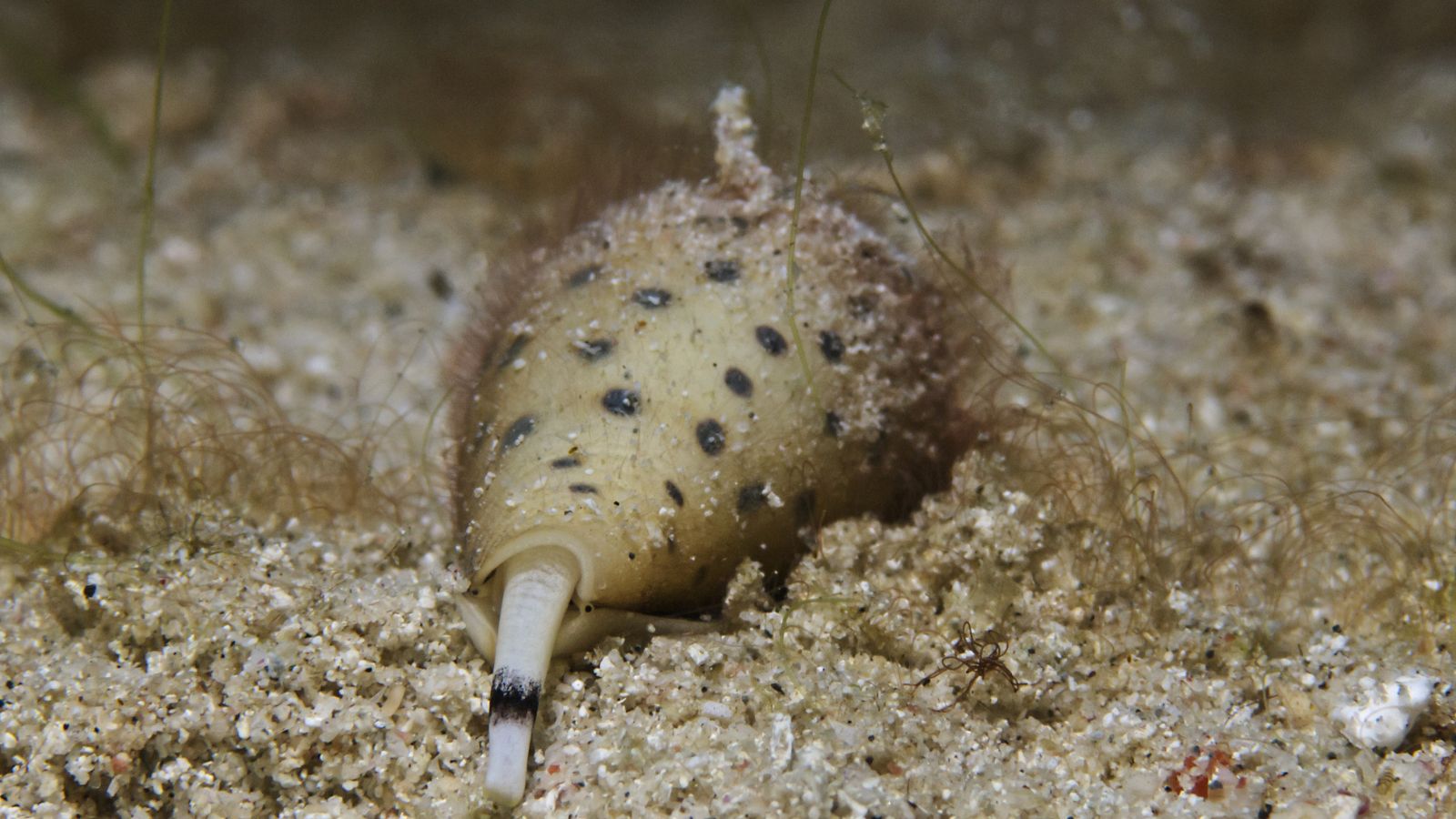
Cone snails might look like beautiful seashells, but they hide a deadly secret. These marine snails, found in warm tropical waters, use a harpoon-like tooth to inject venom into their prey. The venom, a complex mix of toxins, can cause intense pain, paralysis, and even death in humans.
Stonefish
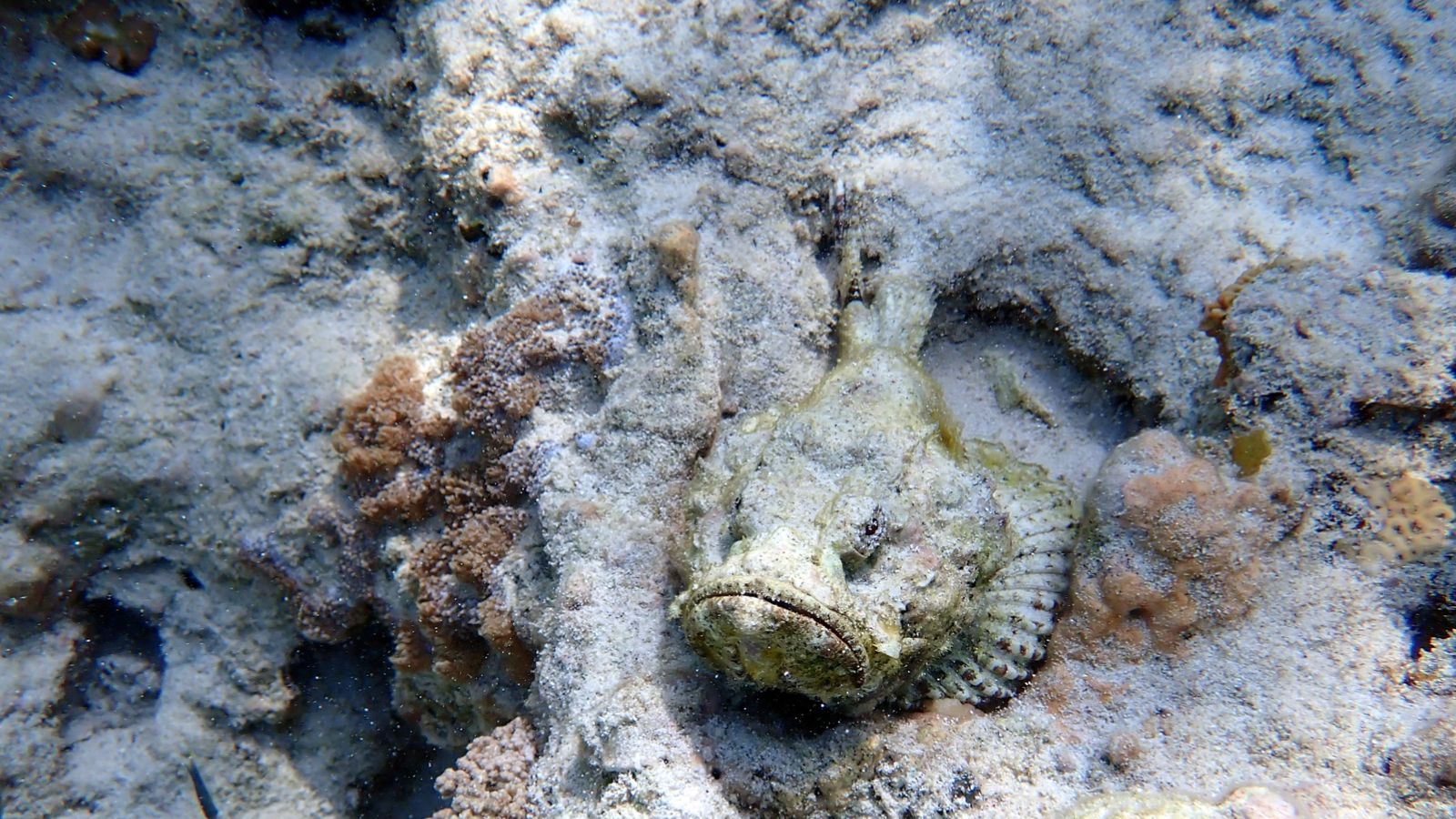
Often regarded as the most venomous fish in the world, the stonefish, found in the shallow coastal waters of the Indo-Pacific region, camouflages itself as a rock or piece of coral. Stepping on a stonefish can be extremely painful and potentially fatal, as its dorsal fin spines inject venom that can cause severe pain, swelling, tissue death, and heart failure.
Brazilian Wandering Spider
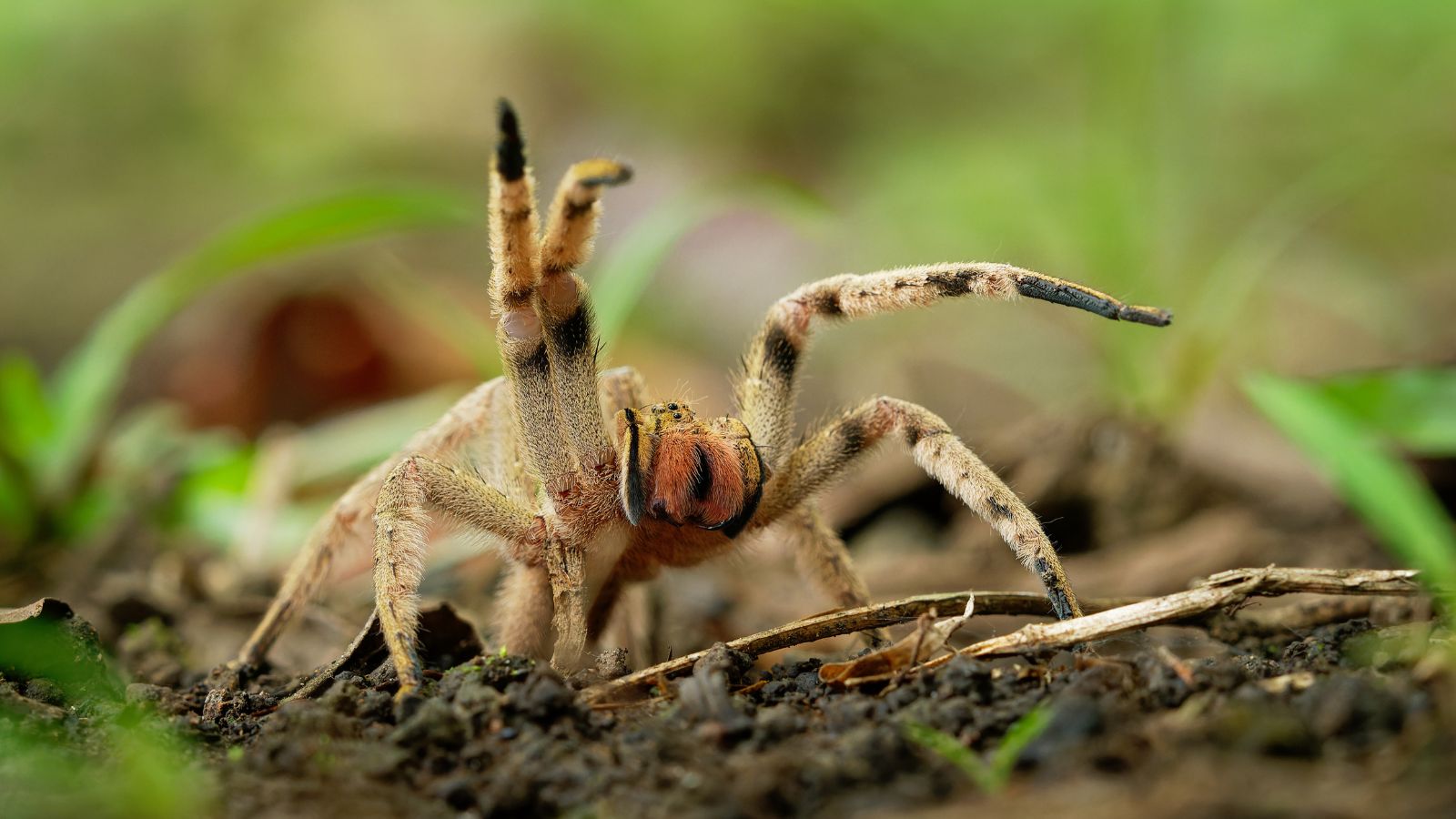
Also known as the banana spider, the Brazilian Wandering Spider is considered the most venomous spider. Native to South America, it’s known for its aggressive behaviour and potent venom. A bite can cause extreme pain, swelling, and in severe cases, loss of muscle control and breathing difficulties.
Deathstalker Scorpion
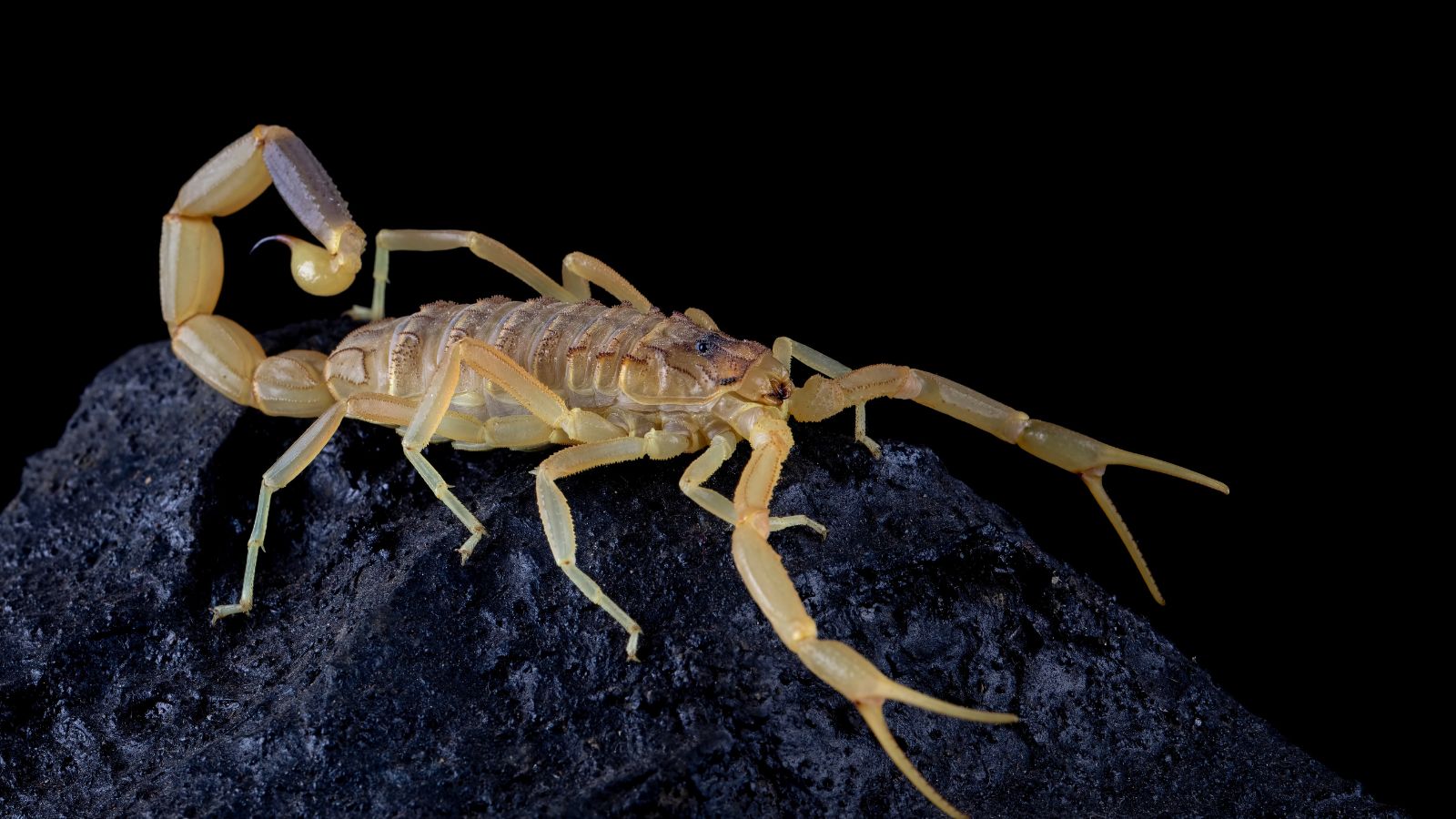
The deathstalker scorpion, found in desert regions from North Africa to the Middle East, lives up to its fearsome name. Its venom is a powerful cocktail of neurotoxins that can cause severe pain, convulsions, and even death. While its sting is rarely fatal to healthy adults, it poses a significant risk to children, the elderly, and those with compromised health.
Poison Dart Frog
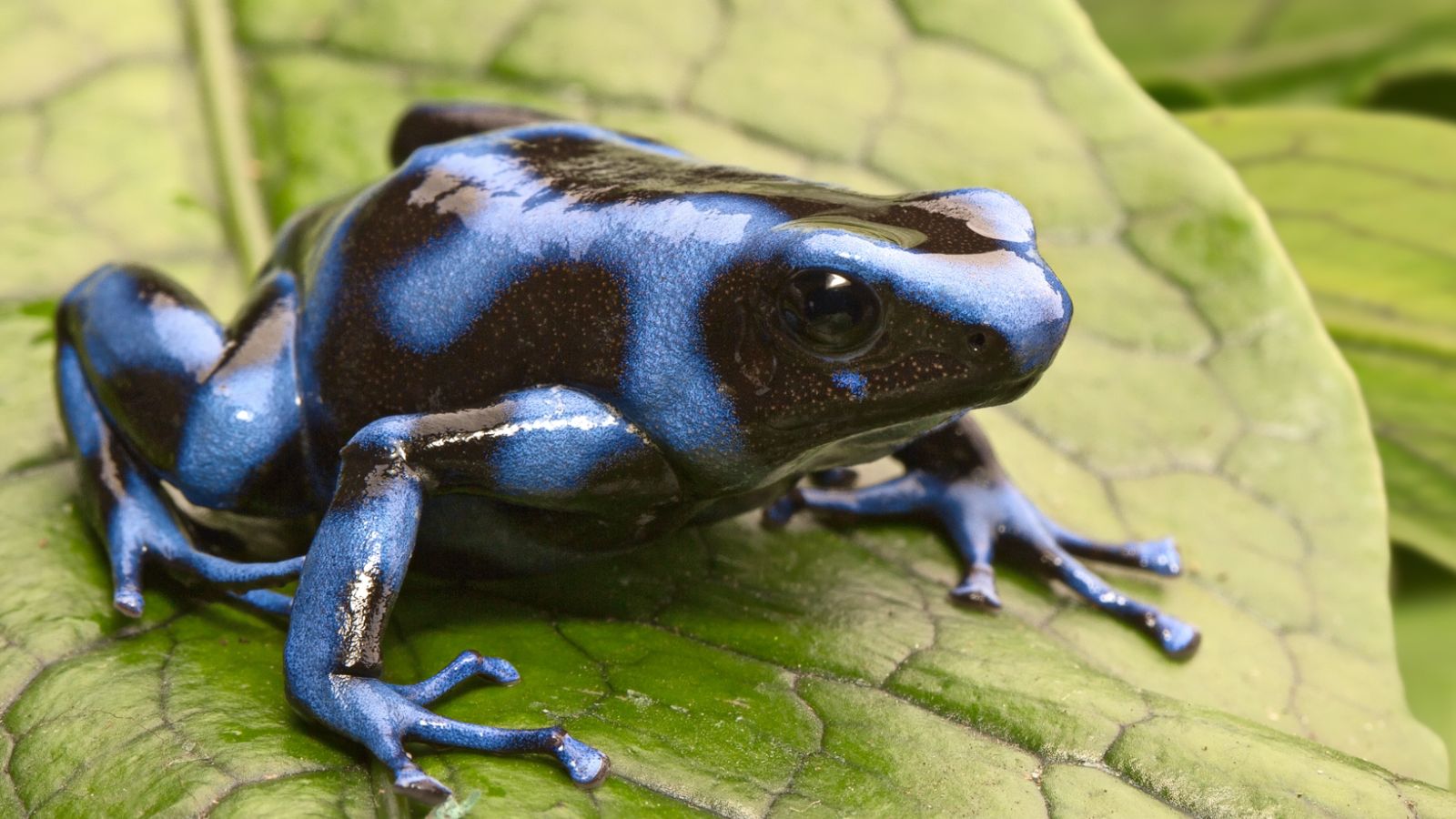
These small, brightly coloured frogs from Central and South America might be beautiful to look at, but their skin secretes a potent toxin. Indigenous tribes have long used the frogs’ poison to tip their blowgun darts, hence the name. Just a tiny amount of the toxin can cause paralysis and death. The good news is that these frogs are only dangerous if their toxin enters the bloodstream.
Pufferfish
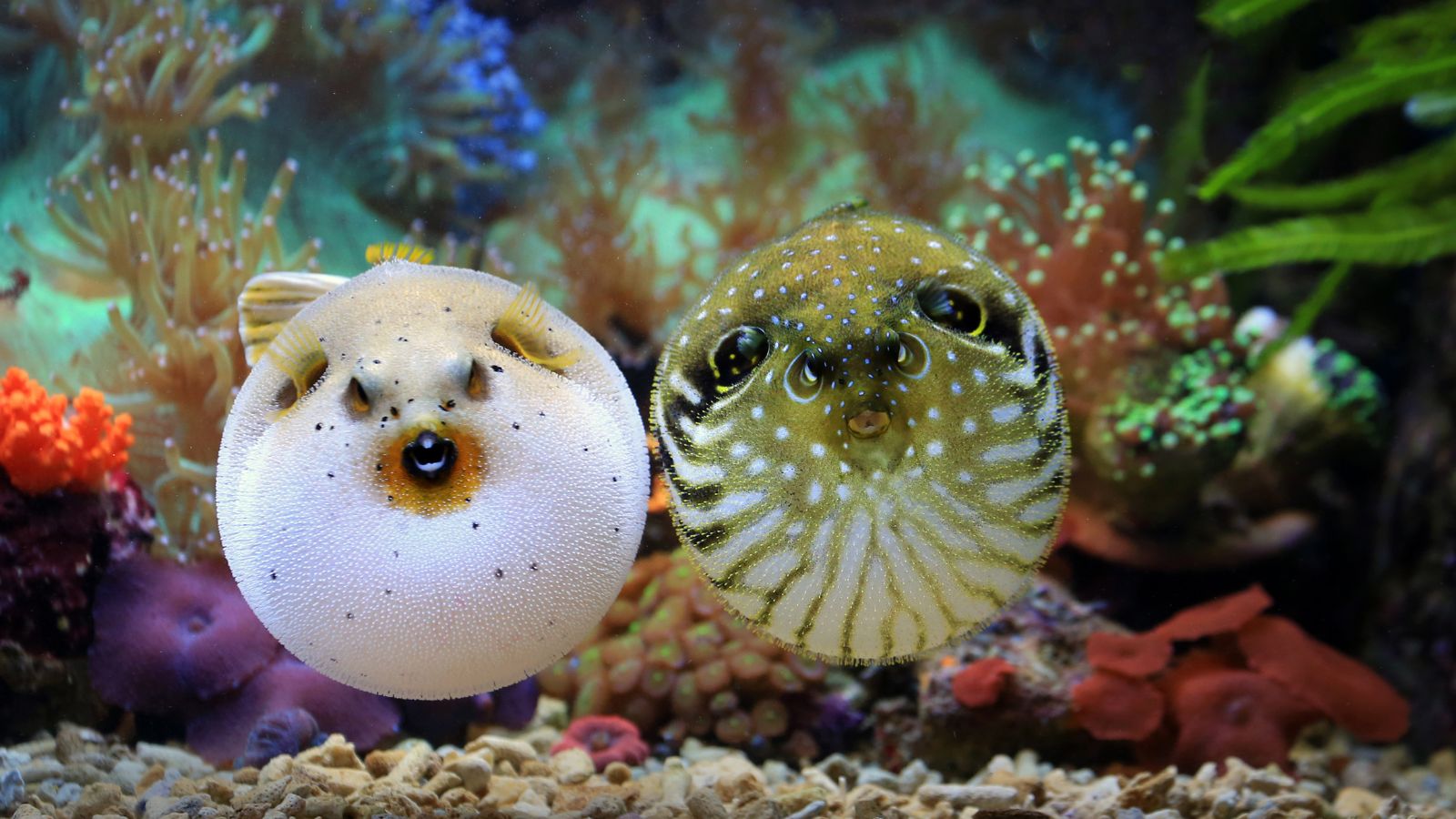
Pufferfish, also known as fugu in Japan, contain tetrodotoxin in their organs, particularly the liver and ovaries, and this toxin is 1,200 times more poisonous than cyanide. Ingesting even a small amount can cause paralysis and death within hours. Despite the risk, pufferfish is considered a delicacy in Japan, where specially trained chefs prepare the fish.
King Cobra
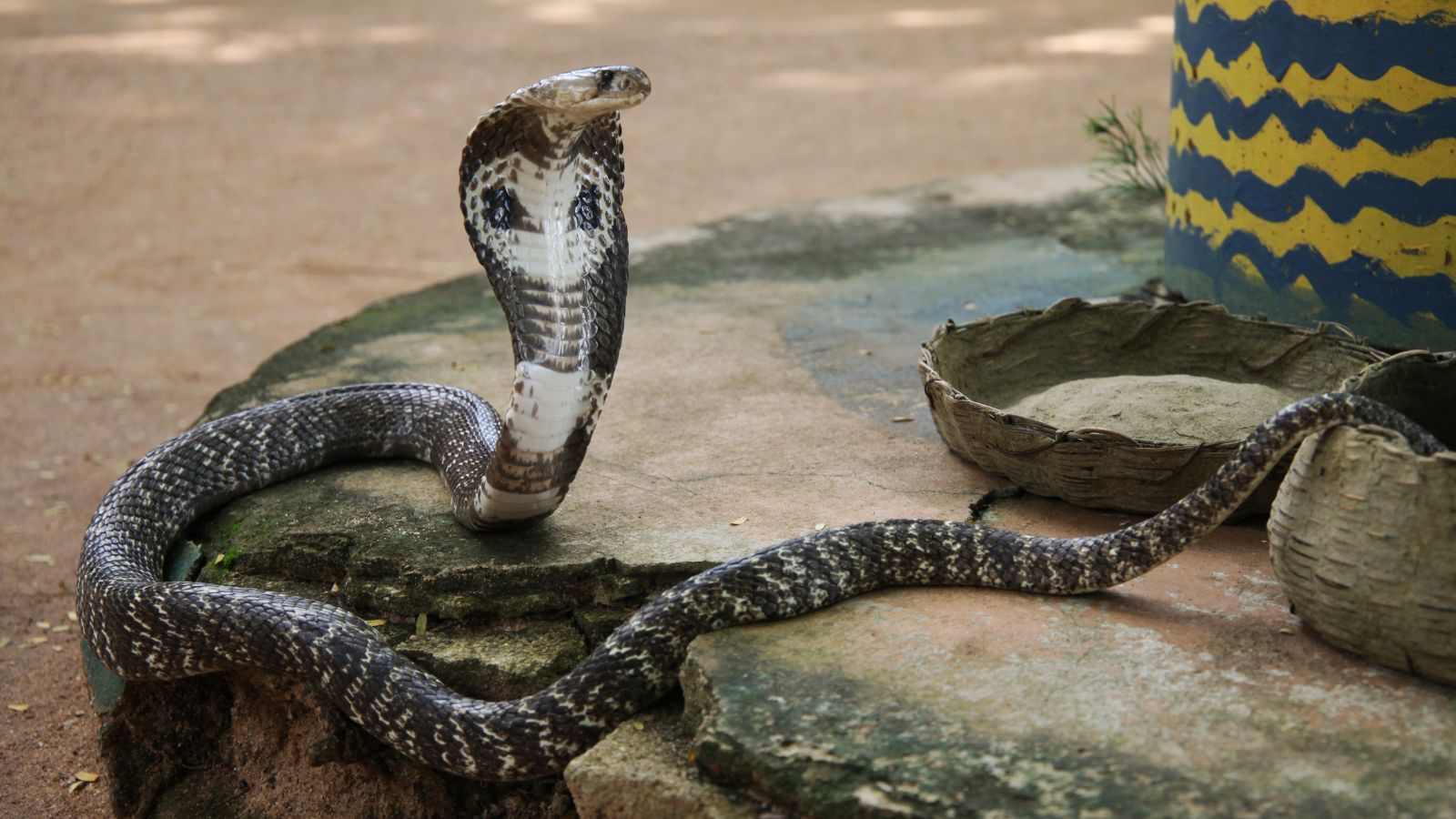
The king cobra is the longest venomous snake in the world, capable of reaching up to 18 feet in length. Found in the forests of India and Southeast Asia, its venom can kill an elephant with a single bite. Unlike other snakes, the king cobra delivers a large amount of venom in one bite, which can cause respiratory failure and cardiac arrest.
Funnel-Web Spider
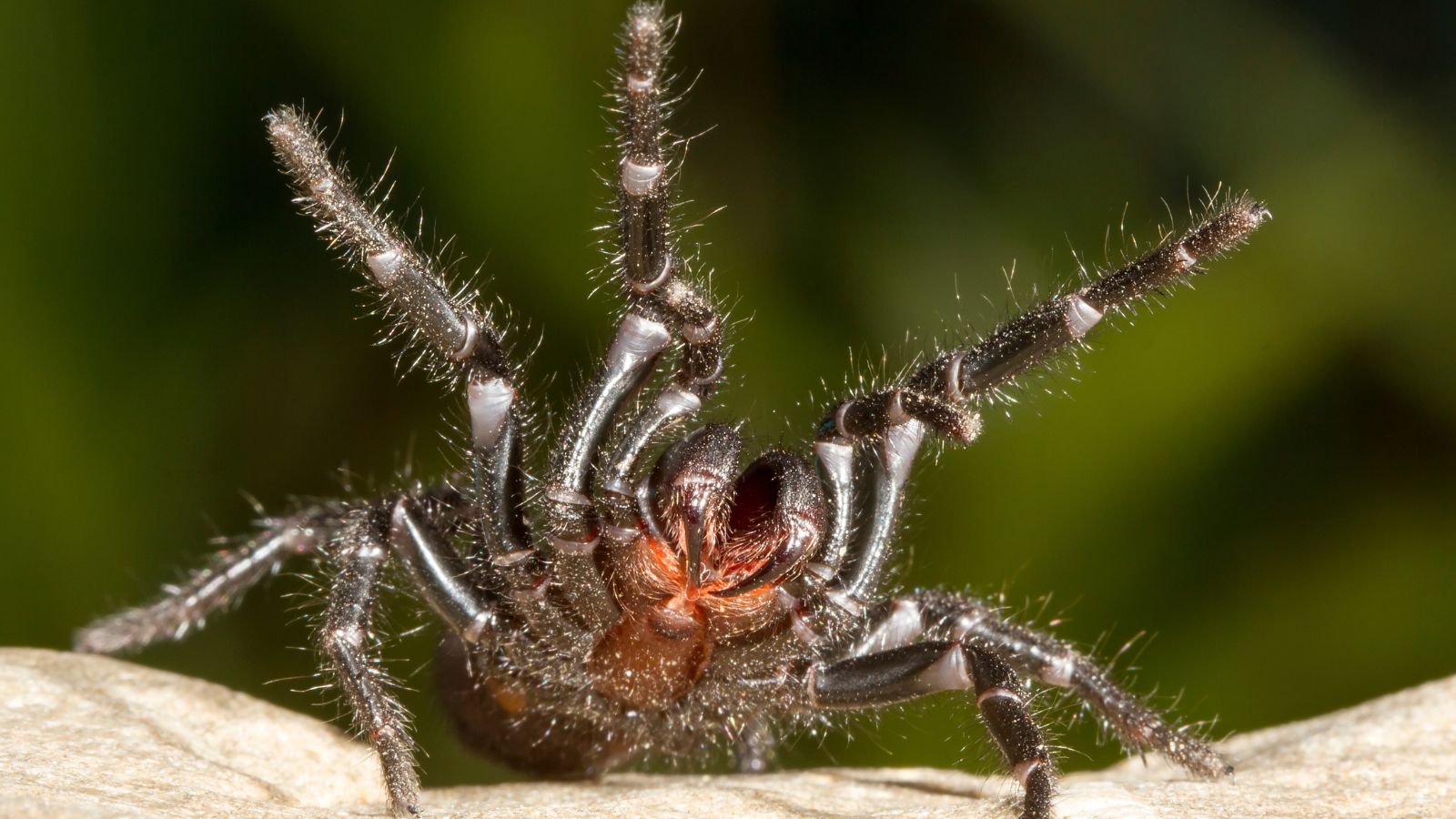
Among the most dangerous spiders globally is the Australian funnel-web spider, with venom that’s highly toxic and can cause severe pain, muscle spasms, and potentially death if not treated quickly. These spiders are notorious for their aggressive nature and willingness to bite repeatedly.
Irukandji Jellyfish
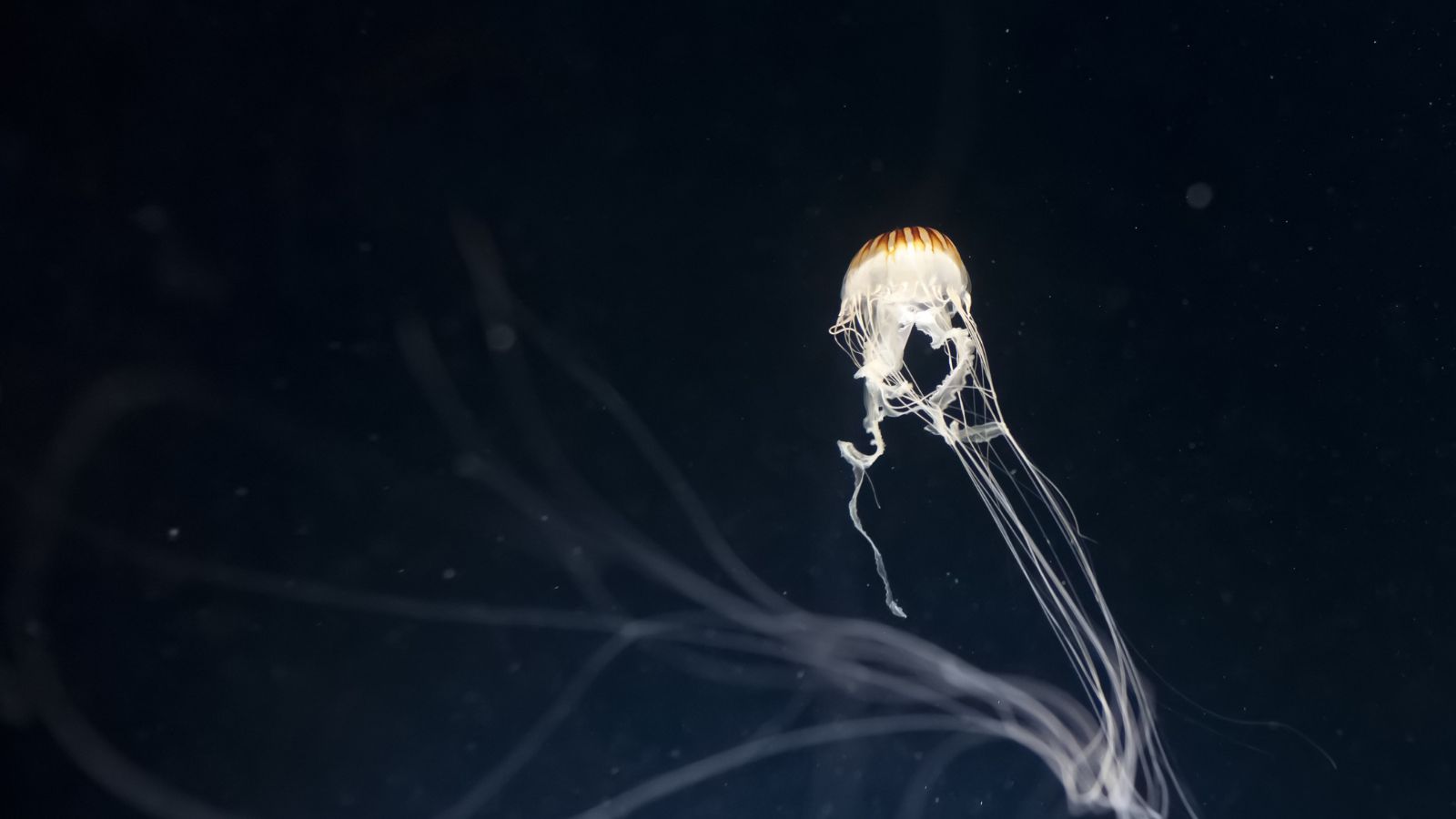
The tiny Irukandji jellyfish, barely the size of a fingernail, is another deadly jellyfish from the waters of Australia. Its sting can cause Irukandji syndrome, characterised by excruciating pain, nausea, heart palpitations, and sometimes, fatal brain haemorrhages. Swimmers often don’t see these tiny jellyfish until it’s too late, making them a hidden danger in the ocean.
Black Mamba
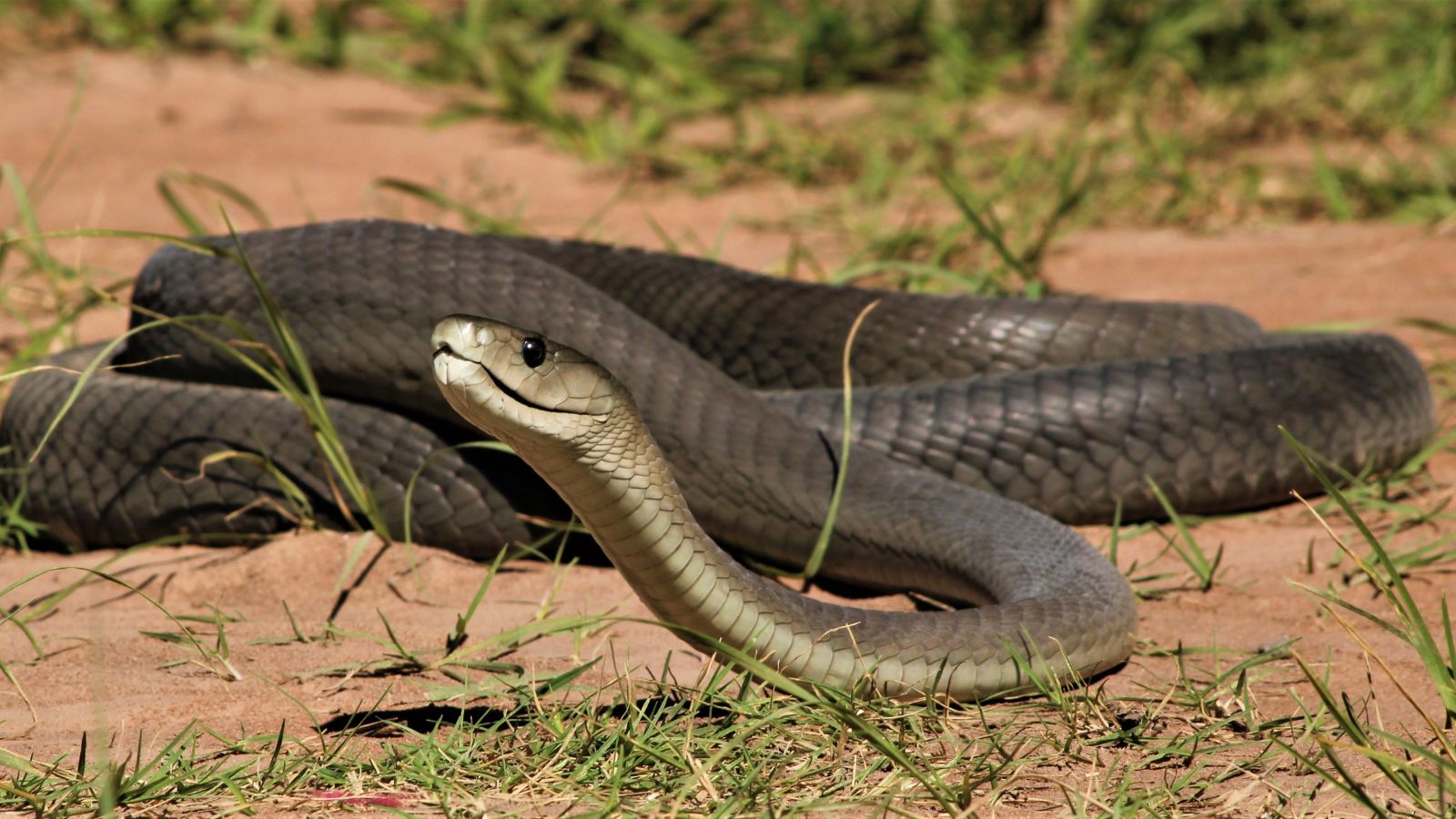
Native to sub-Saharan Africa, the Black Mamba is one of the fastest and most venomous snakes in the world, which can strike with remarkable speed and accuracy. It delivers a neurotoxic venom that can cause death within hours if untreated. Despite its fearsome reputation, the black mamba is shy and will usually avoid humans unless threatened.
Sea Snake
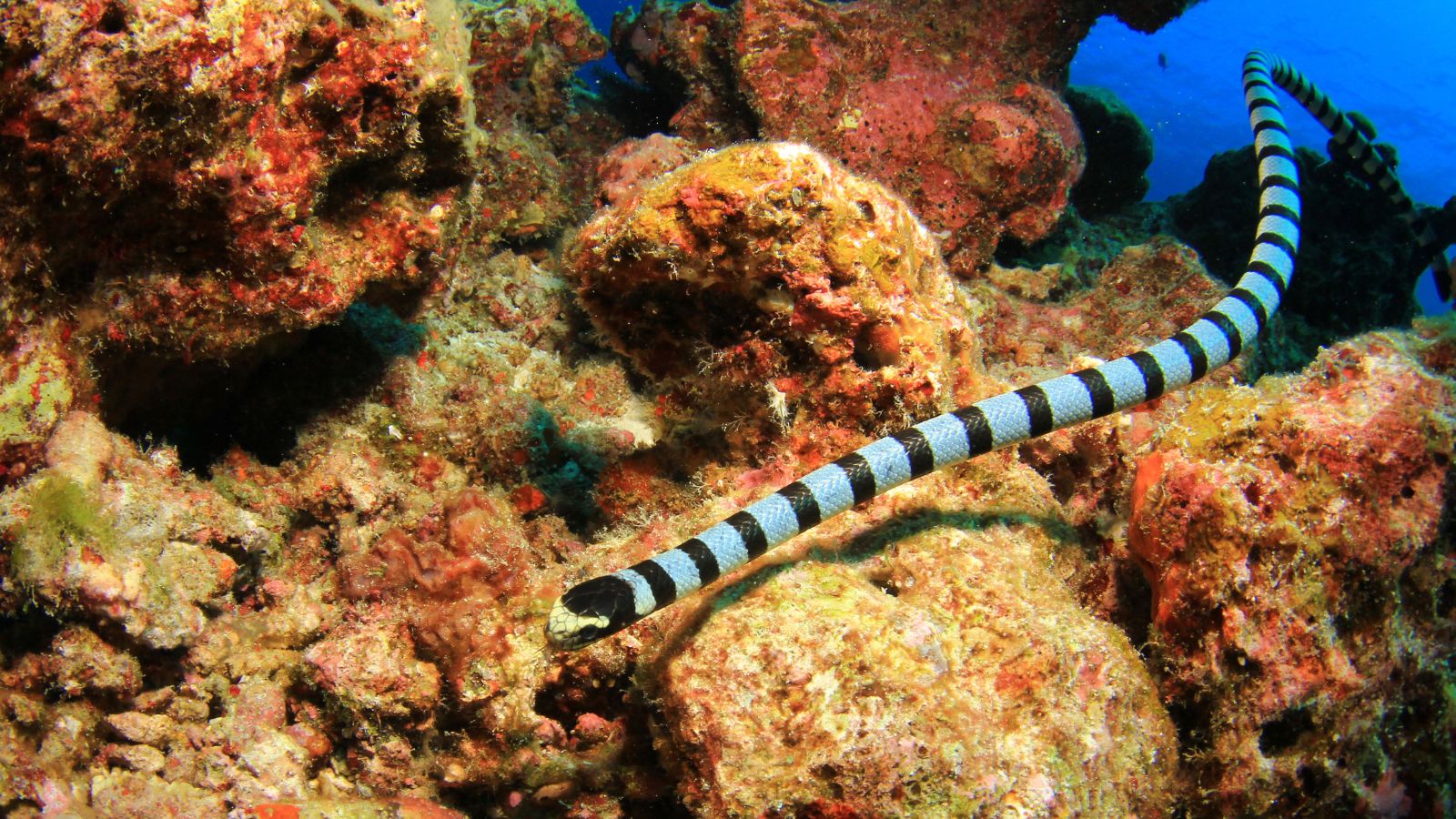
Sea snakes are found in warm coastal waters of the Indian and Pacific Oceans, and they are highly venomous, with bites that can cause muscle pain, paralysis, and respiratory failure. While they are generally not aggressive, they can bite if provoked or accidentally stepped on. Divers and fishermen should be particularly cautious when navigating waters known to be inhabited by these snakes.
The Platypus
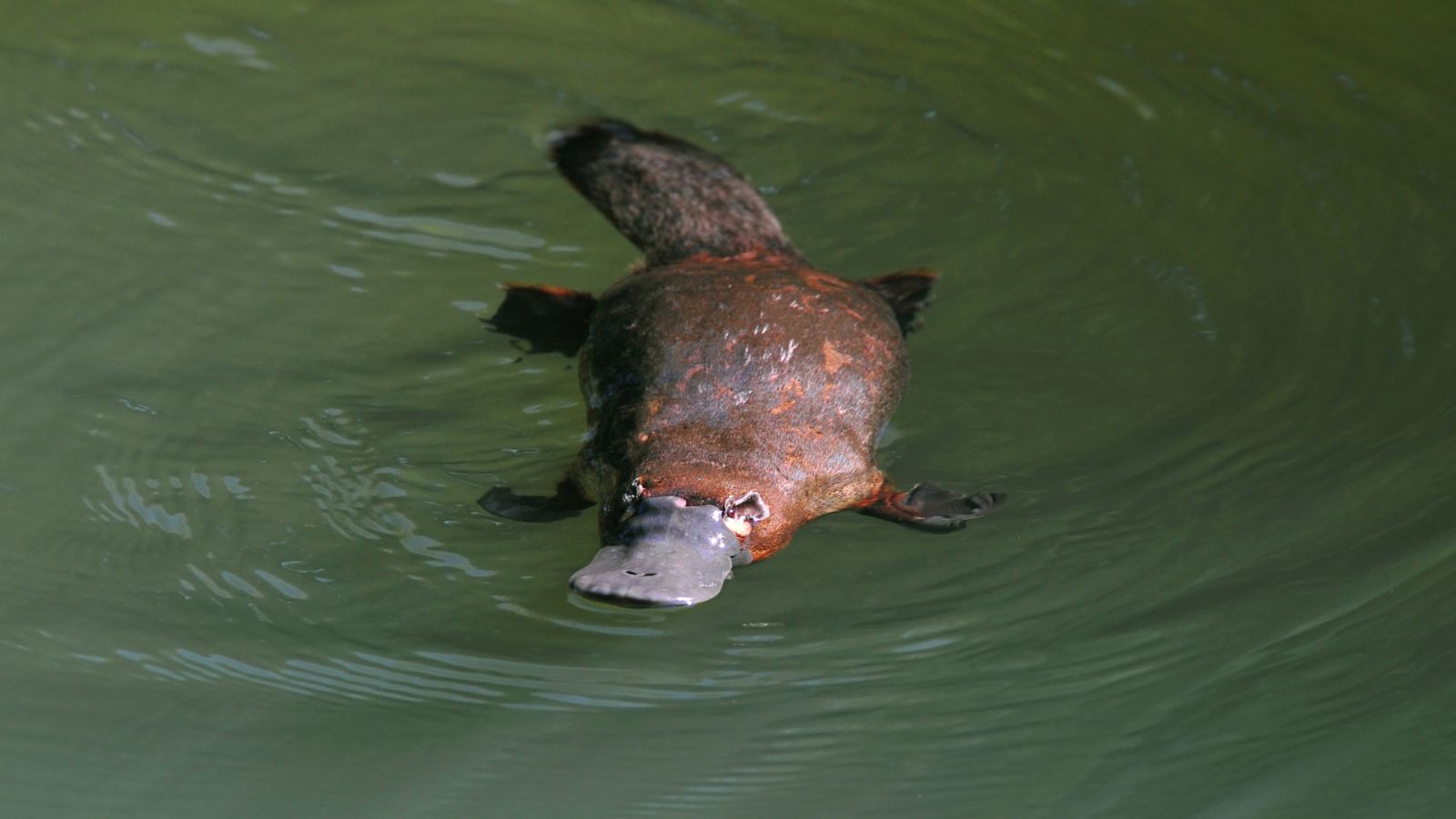
A unique and fascinating creature native to Australia is the Platypus, known for its distinctive appearance combining features of mammals, birds, and reptiles. Male platypuses possess venomous spurs on their hind limbs, a rare trait among mammals. These spurs deliver a potent venom capable of causing severe pain and significant swelling in humans.
The Gila Monster
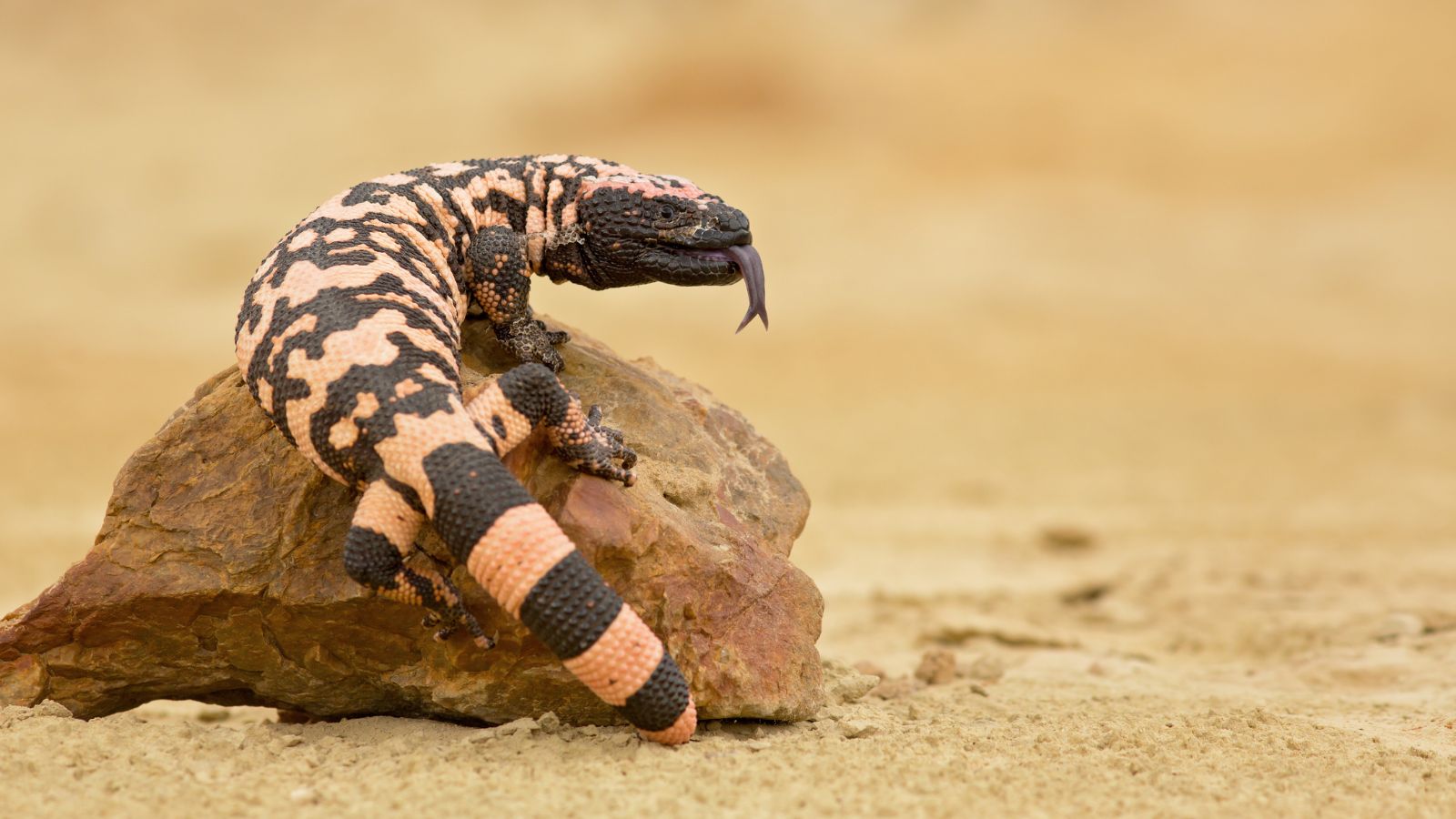
The Gila monster is one of the few venomous lizards in the world, residing in the arid regions of the southwestern United States and northern Mexico. This slow-moving reptile has a venomous bite that can cause excruciating pain, pronounced swelling, and in severe cases, respiratory failure.
Boomslang

And finally, the boomslang is a highly venomous, tree-dwelling snake found across sub-Saharan Africa. Its name, which means “tree snake” in Afrikaans, reflects its arboreal lifestyle. The boomslang’s venom is hemotoxic, meaning it disrupts the blood’s ability to clot, leading to extensive internal bleeding and potential death if left untreated.

